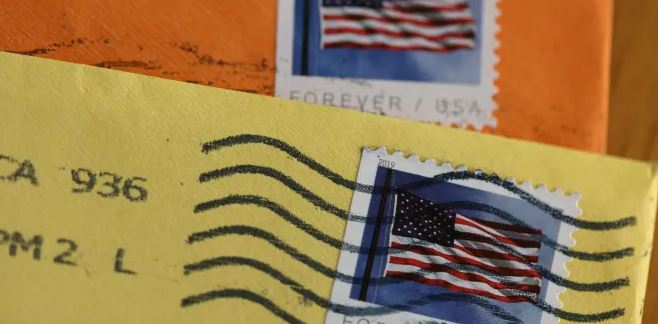USPS Stamp Price Increase Sparks Backlash: “Bringing Misery”

The United States Postal Service (USPS) has announced a stamp price increase, raising the cost of a first-class stamp from 63 cents to 66 cents. This change, set to take effect on July 9, 2024, has been met with significant public backlash and concerns about its impact on consumers and businesses alike.
Reasons for the Price Hike
The USPS has cited rising operational costs and inflation as the primary reasons for the price increase. The agency is grappling with financial challenges exacerbated by declining mail volumes and increased competition from private carriers. USPS officials argue that the price hike is necessary to maintain service quality and operational viability.
Public Reaction
The response from the public has been overwhelmingly negative. Many individuals, particularly those on fixed incomes, have expressed frustration over the additional financial burden. Small businesses that rely heavily on mail services for shipping and communication are also concerned about the increased costs affecting their operations.
Consumer advocates have criticized the timing and frequency of these price hikes, noting that the USPS has increased stamp prices several times in recent years. They argue that these repeated increases disproportionately affect vulnerable populations who rely on postal services for essential communications.
Political and Economic Implications
The stamp price increase has also sparked debate among policymakers. Some lawmakers argue that the USPS needs to explore other revenue-generating strategies and cost-cutting measures rather than placing the financial burden on consumers. Others support the increase, acknowledging the agency’s need for additional funds to sustain its operations and modernize its infrastructure.
Economic analysts suggest that while the price hike may provide short-term financial relief for the USPS, it could further accelerate the decline in mail volume as consumers and businesses seek cheaper alternatives. This potential decrease in mail usage could undermine the intended financial benefits of the price increase.
Comparisons and Context
Compared to other countries, the cost of mailing a letter in the United States remains relatively low. However, the cumulative effect of frequent price increases is causing growing dissatisfaction among American consumers.
In recent years, the USPS has implemented several initiatives to improve efficiency and reduce costs, including the consolidation of mail processing facilities and the introduction of new technologies. Despite these efforts, financial stability remains elusive for the agency.
Looking Ahead
As the USPS navigates these financial challenges, it will be crucial to balance the need for revenue with the potential impact on its customer base. The controversy surrounding the stamp price increase underscores the broader issues facing the postal service in an increasingly digital world.





